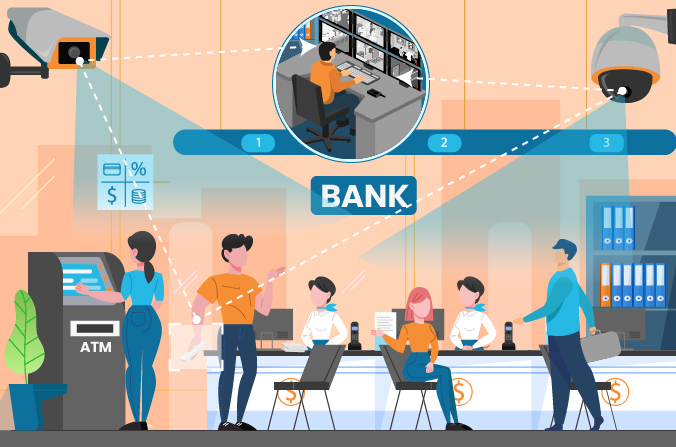The Security Considerations in ATM Networks

Security considerations in ATM (Asynchronous Transfer Mode) networks encompass various aspects such as authentication, data integrity, confidentiality, access control, and protection against network attacks. Here are some key security considerations for ATM networks:
1. Authentication
- User Authentication: Ensures that only authorized users can access the network and its resources. This can be achieved through mechanisms such as passwords, digital certificates, or biometric verification.
- Device Authentication: Ensures that only authorized devices can connect to the network, preventing unauthorized devices from accessing network resources.
2. Data Integrity
- Error Detection: ATM includes mechanisms to detect errors in the transmitted data. While ATM itself has basic error detection in the cell header, additional mechanisms at higher layers (such as AAL5) provide more robust error detection and correction.
- Data Corruption Prevention: Ensures that data remains intact and unaltered during transmission. This can be achieved through checksums, cryptographic hash functions, and error-correcting codes.
3. Confidentiality
- Encryption: Ensures that data transmitted over the network is secure from eavesdropping and unauthorized access. Data encryption can be applied at various layers, such as encrypting the entire ATM cell payload or the data at the application layer.
- Secure Transmission Protocols: Using protocols that provide end-to-end encryption, such as IPsec when ATM is used to transport IP traffic, helps protect data confidentiality.
4. Access Control
- Network Access Control: Implements policies to control which users and devices can access certain parts of the network. This can be achieved through firewalls, access control lists (ACLs), and policy-based management.
- Resource Allocation: Ensures that network resources are allocated only to authorized users and applications, preventing unauthorized use and potential denial of service.
5. Protection Against Network Attacks
- Denial of Service (DoS) Protection: Mechanisms to detect and mitigate DoS attacks, which aim to overwhelm the network with excessive traffic. Traffic policing and rate limiting can help prevent such attacks.
- Intrusion Detection and Prevention Systems (IDPS): Monitors network traffic for suspicious activities and potential threats. IDPS can detect and respond to unauthorized access attempts, malware, and other network attacks.
- Segmentation and Isolation: Using virtual paths and channels to segment and isolate traffic, reducing the risk of an attack spreading across the network.
6. Physical Security
- Secure Physical Access: Ensuring that physical access to network infrastructure, such as switches and routers, is restricted to authorized personnel.
- Environmental Security: Protecting the physical network infrastructure from environmental threats like power failures, natural disasters, and vandalism.
7. Network Management Security
- Secure Management Interfaces: Ensuring that network management interfaces are secure and accessible only to authorized administrators. This includes using encrypted protocols for remote management (e.g., SSH instead of Telnet).
- Logging and Monitoring: Keeping detailed logs of network activities and regularly monitoring them for signs of suspicious activities or security breaches.
Summary
Security in ATM networks involves a multi-layered approach addressing authentication, data integrity, confidentiality, access control, and protection against network attacks. Implementing robust security measures at both the network and management levels ensures that the ATM network remains secure against various threats and unauthorized access, providing reliable and secure communication for users and applications.
Thank you,
